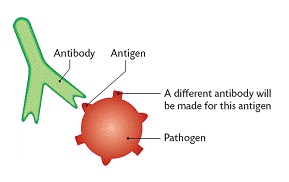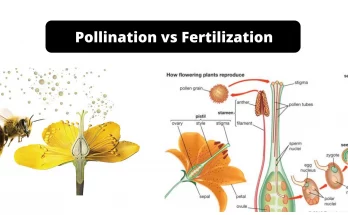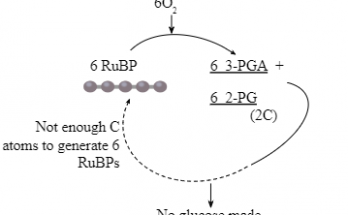
6 Key Differences Between Antigen and Pathogen Explained
Antigens and pathogens are crucial in understanding infectious diseases and the immune response. Antigens are substances that provoke an immune response, potentially leading to antibody production. In contrast, pathogens are organisms or agents that cause diseases. The distinctions include their nature, composition, sources, roles, interactions with the immune system, and types, shedding light on their unique functions in health and disease.
6 Key Differences Between Antigen and Pathogen Explained Read More



